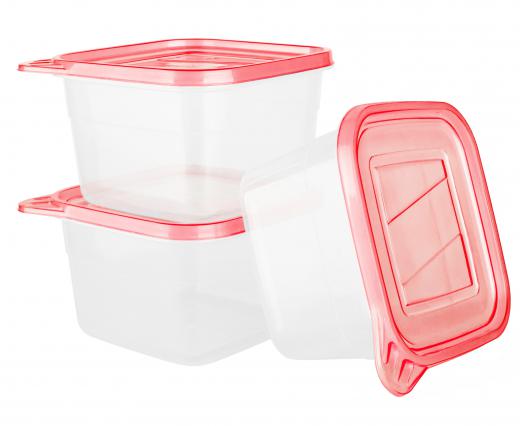The term "cold storage" refers to the storing of goods in a refrigerated atmosphere. This means heat is removed from the storage container or room to help keep items — often food — fresh for delivery, long- or short-term storage, and so on. Cold storage helps prevent spoilage of foods and other items meant for consumption, and it can be used in a variety of other settings, such as hospitals, warehouses, and anywhere else that stores products in need of preservation. When transporting goods, refrigeration trucks are often used to keep items cold throughout the transportation process.
The room or containment system in which items are stored for cold storage must be insulated properly for several reasons: the insulation helps maintain a particular temperature within the storage unit; it helps prevent cool air from escaping the unit, which would otherwise lead to higher refrigeration costs and energy waste; and it helps prevent the temperature outside of the storage unit from fluctuating. In many cases, the temperature within the storage unit can be manipulated by adjusting a thermostat; a cooling unit will then blast cold air into the unit, or turn off to allow the temperature to rise.

Cold storage units designed for transporting goods can be hooked up to trucks. The trailer unit will feature a cooling unit, and the trailer itself will be well insulated to ensure a constant cold temperature regardless of how long the trip lasts. A generator may be necessary to power the cooling unit, and packing procedures should facilitate easy cooling of products being transported. This method is commonly used to transport perishable foods, flowers, meats, and even human organs intended for transplant. Blood is also refrigerated during transport so it can be used later for blood transfusions.

Home refrigerators can be considered cold storage units as well. Refrigerators are used to prolong the life of foods to be eaten, and they prevent spoilage of perishable foods. In the past, ice boxes were used instead to keep food cold, but this method was inefficient as regulating the temperature of such structures was often difficult. Some types of ships feature cold storage units in which temperatures can be regulated; in the past, fish that were caught were stored in containers filled with ice, and the ship would have to return to port before the ice could melt and allow the fish to spoil.
